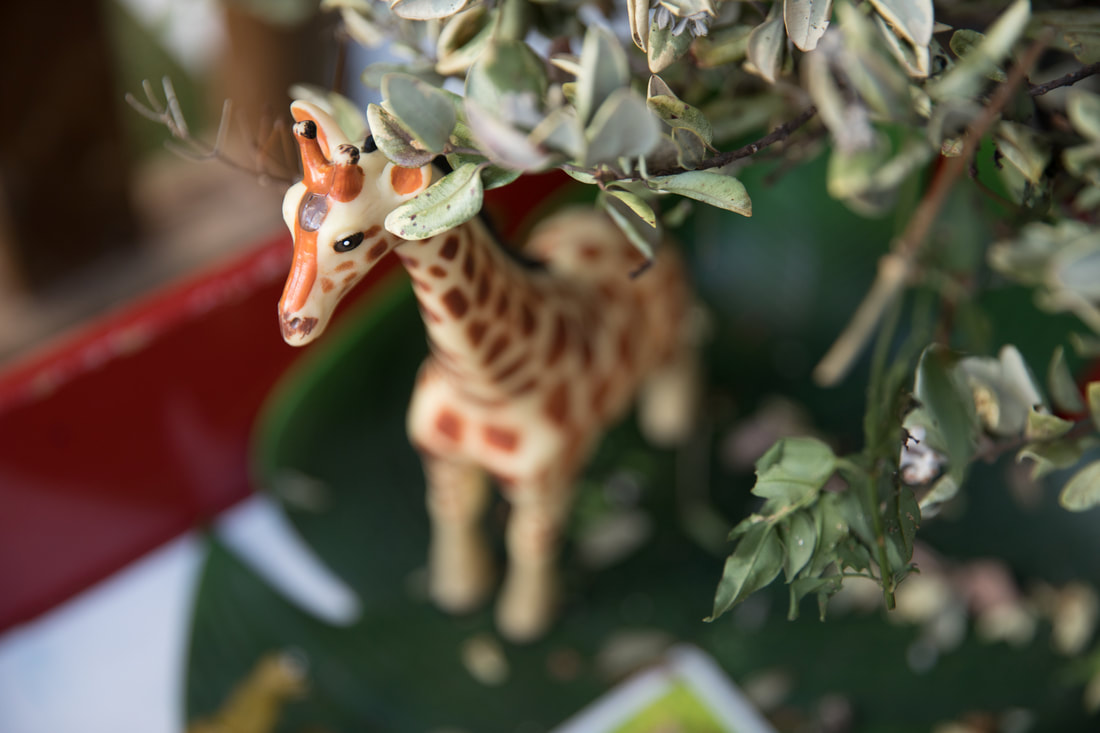Kids' Kampus
 While it might not be something we all learned growing up, the act of mindfulness isn’t just for adults. In fact, you can instil mindful habits in children from the age of 3 or 4. This doesn’t have to solely be a technique they turn to in times of trouble; it can be an everyday tool that helps them explore all kinds of feelings. And yes, it’s possible for children to be still and quiet for long enough to feel the benefits. What is mindfulness?It’s a term that often gets overcomplicated, but mindfulness is simply about being aware of something. In other words, you let the mind be fully attentive, or “present”, to what’s happening right now. The idea is that we spend so much time overthinking about the past or stressing about the future that it causes anxiety and makes us more reactive to stress. Mindfulness helps us to relax and simply enjoy “being”. What are the benefits of mindfulness for children?Mindfulness has the potential to help children learn how to focus and manage their emotions. It’s a tool children can come back to whenever they’re faced with a difficult or stressful situation, helping them to manage their emotions and respond appropriately. Young children benefit from mindfulness practice as these habits in early life will influence their behaviour throughout adulthood. They can understand the beauty of being in the present moment, and find ways to switch off from the constant distractions of everyday life. 5 ways to teach mindfulness to childrenWe can turn everyday acts into mindfulness exercises for kids. The entire process revolves around slowing down and engaging the senses. It’s all about tuning into our awareness, even if we’re just eating breakfast or going for a swim. Try out the following 5 mindfulness exercises to see which resonates most with your child. 1. Create a sensory box It’s easy to build a sensory box. Simply find a box and fill it with items of different properties that might be calming for the senses. For example, your sensory box could contain craft feathers, leaves, chewing gum, play dough, a lavender stalk, bubbles and a cuddly toy that sings a gentle tune. These items encourage children to pay attention to their senses and to relax. For example, the bubbles encourage deep breathing and the play dough can help to release tension. This sensory box could help soothe your child if they’re feeling anxious, angry or upset. 2. Take walks in nature Go for a walk in the park, on the beach, in a forest or just around your neighbourhood. Encourage your child to pay attention to their senses. Can they hear the birds or cars? Can they feel the breeze on their skin? Can they smell the freshly-cut grass? The ‘5, 4, 3, 2, 1’ mindfulness technique is usually good if they’re feeling strong negative emotions. Ask if they can name: 5 things they can see, 4 things they can hear, 3 things they can feel, 2 things they can smell, 1 thing they can taste. This exercise interrupts negative thoughts and brings us back to the present moment. 3. Practise belly breathing Laying on the floor together, place one hand on your chest and one on your belly. As you inhale, fill your belly up like a balloon and notice how one hand rises. As you exhale, let the belly deflate and notice the air leaving the mouth. Ask your child to take a mental note of any sensations they notice. If they get distracted by outside thoughts, they can “puff” them away like a cloud when they breathe out. 4. Do the "three-breath hug" Give your child a big hug and take three deep breaths together. Relax your muscles and let tensions melt away. Simply being held by someone that makes us feel safe can dissolve stresses and frustrations. Do the three-breath hug when you say goodbye in the morning, whenever you notice your child feeling down, or just when you both fancy a hug. 5. Teach them to relax their muscles Progressive muscle relaxation relaxes the mind and body at the same time, and helps stop outside thoughts from causing tension. Work up from your toes. Tense them by curling them, hold them tight, and then relax them. You can then practise this technique on your feet, followed by your calves, quads, and so on. Finish by scrunching up your face and then letting it relax (pay special attention to relaxing the jaw and forehead!) This particular exercise can help kids drift off to sleep, so try it at bedtime. Use a soft, gentle tone as you instruct your child about which body parts to tense and relax. We’re here to support you on your parenting journey. If you have any questions or want to enquire about our Kids’ Kampus Childcare Centre, give us a call on (09) 630 1454. Blog written with inspiration from https://parentingplace.nz/.
0 Comments
Leave a Reply. |
.Margie Blackwood, owner and Director of Kids' Kampus
April 2024
. |
|
Kids’ Kampus Childcare
50-52 Shackleton Road Mt Eden, Auckland 1024 New Zealand |
|






